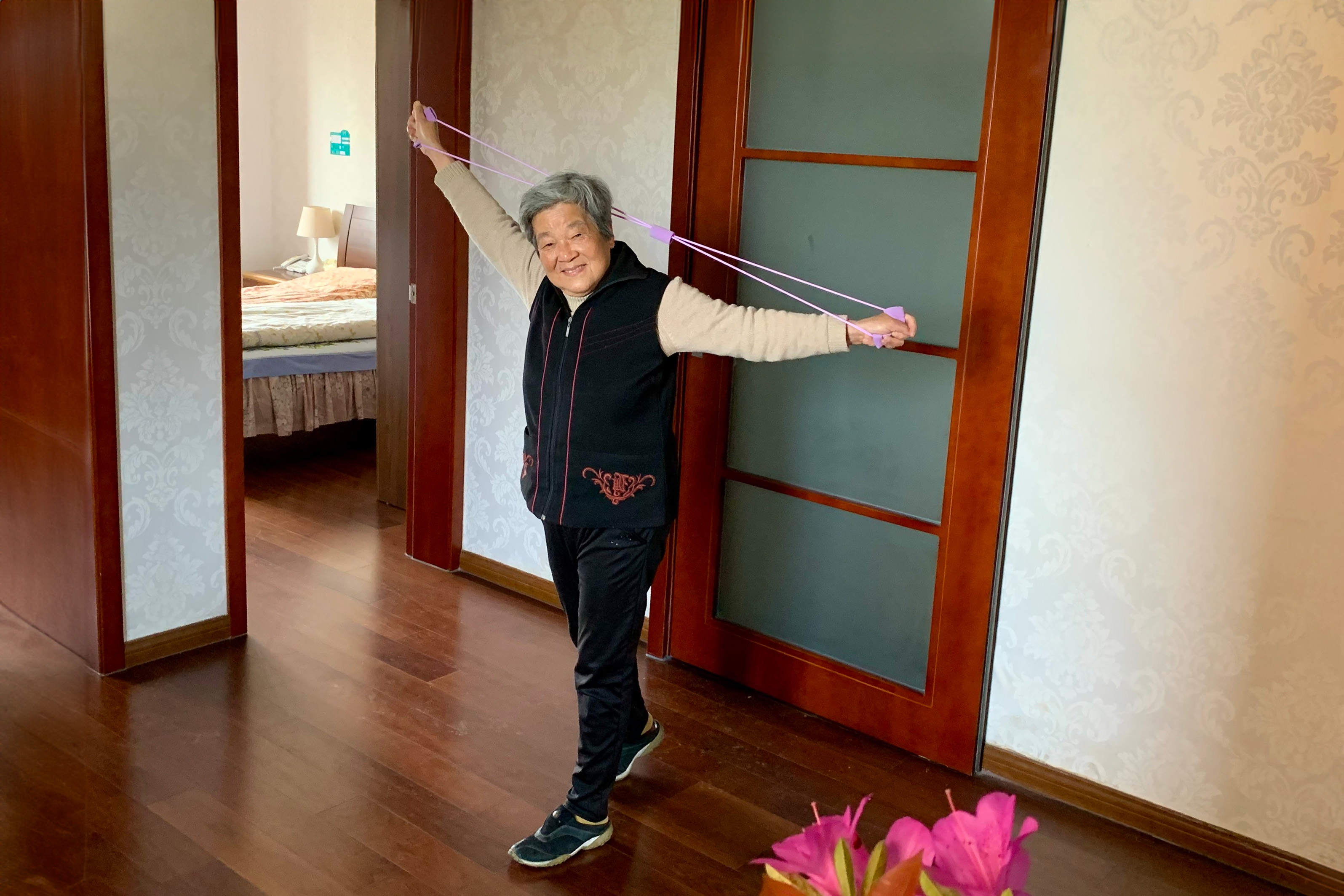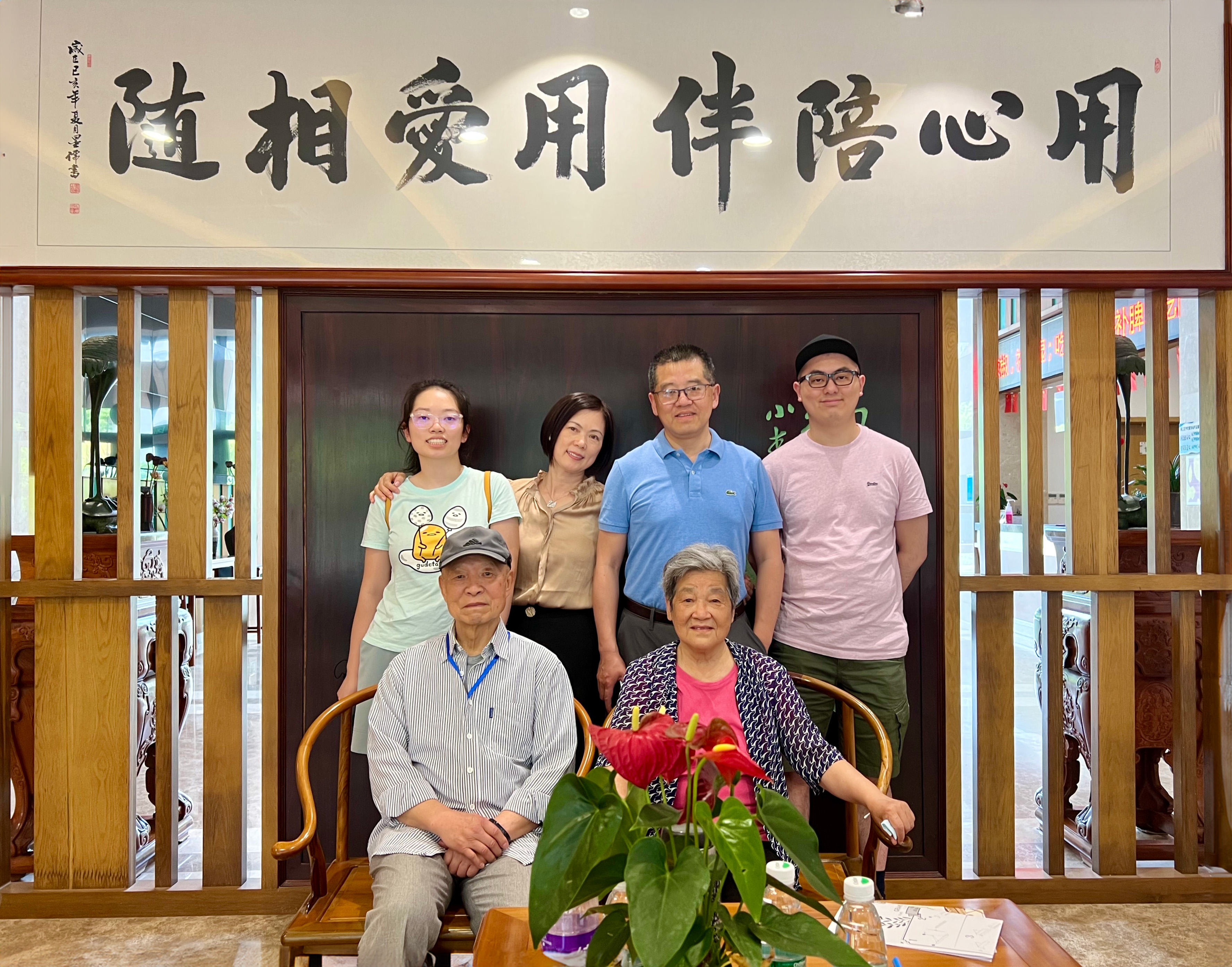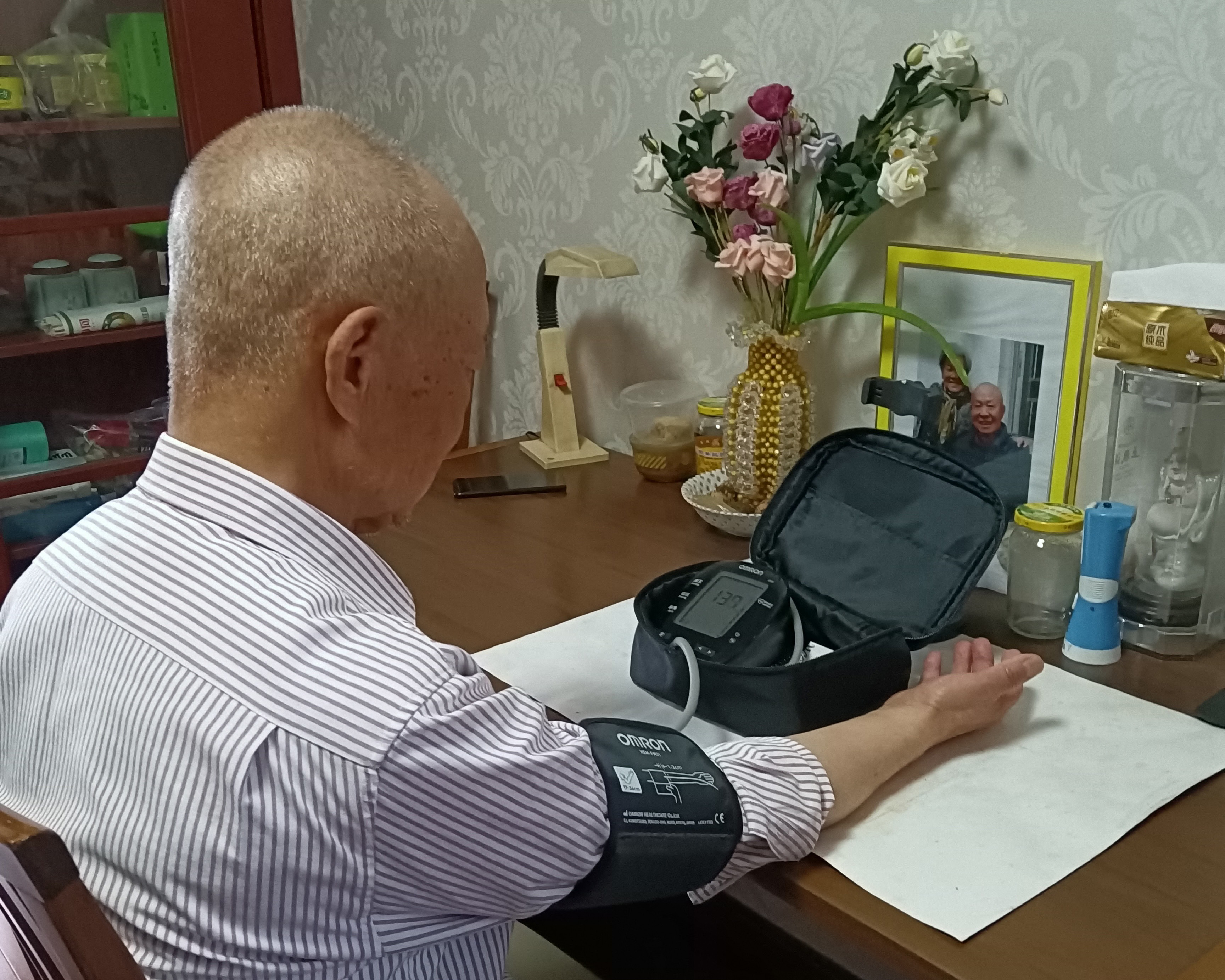
Our News
Confronting the World’s Leading Killer with a New Therapeutic Approach
RNAi therapeutics may offer hope against the crisis of cardiovascular disease.
September 26, 2024
Married for more than 50 years, two retired college professors in their 80s live a quiet life at a senior home in Suzhou, a city about 60 miles to the west of Shanghai in China. Xicang Guo practices calligraphy, his weathered fingers carefully forming Mandarin characters on practice paper for hours a day. His wife, Jiaming Zhang, attends knitting and dance classes at their residence.
While the couple has largely maintained their health into their ninth decade, one particular condition remains stubbornly beyond their control – hypertension, also known as high blood pressure. And they are far from alone.
 Despite having an active lifestyle, Jiaming Zhang lives with hypertension
Despite having an active lifestyle, Jiaming Zhang lives with hypertensionA global health crisis
Hypertension affects one in four adults worldwide – roughly 1.3 billion people according to the World Health Organization (WHO), and is a leading risk factor for cardiovascular disease (CVD). Just one in five patients with hypertension have it under control, despite widespread access to medicines approved to treat it.1
CVD is the leading cause of death across the world, with heart attacks and strokes alone claiming more than 15 million lives in 2019.2 And hypertension isn’t the only CVD risk factor that contributes to this sobering statistic. High cholesterol, type 2 diabetes and obesity, for example, also pose major challenges.
New approaches are greatly needed to address this global health crisis, and, fortunately for patients, innovative medicines may be arriving and on the horizon. Take RNA interference (RNAi) therapeutics, a proven class of medicines that leverage a natural cellular process called RNAi to disrupt the production of specific proteins. RNAi technology—because of the way it works—has the potential to disrupt the current approach to treating hypertension and other CVD risk factors.
Challenges of current CVD treatments
Patients are often on multiple therapies to try to manage their cardiovascular disease, and standard medications meant to address CVD risk factors have several key drawbacks. They work after problematic molecules have been made—playing defense instead of offense. These medicines also require regular, often daily, dosing, which is a struggle for countless patients. Finding an individual’s optimal dosing can be tricky, and it often changes over time. And, sometimes, particularly with common hypertension drugs, the medicine’s effectiveness varies over a 24-hour period, leaving patients without full protection at critical points during the day.
RNAi therapeutics have the potential to overcome these challenges. One RNAi therapeutic—discovered by Alnylam Pharmaceuticals and licensed to Novartis under a license and collaboration agreement to develop, manufacture and commercialize—has already been approved to treat high cholesterol in certain patients via an injection with twice yearly maintenance dosing and is currently being studied in a large clinical trial to determine if it lowers the risk of major cardiovascular events. Alnylam is also testing an investigational RNAi therapeutic for hypertension in collaboration with Roche.
“We believe we are on the precipice of a powerful new suite of treatment options for the leading cause of death in the world,” says cardiologist Weinong Guo, MD, PhD, FACC, Senior Vice President of Clinical Research at Alnylam and Xicang Guo and Jiaming Zhang’s son. “It’s not just about my parents. It’s about the people we all interact with daily—our family members, our neighbors, and other loved ones in our communities. I’m excited by the potential for these therapeutics to help millions of people.”
 Alnylam's Weinong Guo and family visiting his parents Xciang Guo and Jiaming Zhang in China
Alnylam's Weinong Guo and family visiting his parents Xciang Guo and Jiaming Zhang in ChinaA powerful new class of therapeutics
RNAi is a naturally-occurring process that regulates genes, which generally produce proteins. For over two decades, researchers at Alnylam have developed techniques for harnessing this process to silence specific genes through RNAi therapeutics.
While conventional medicines target proteins that cause or contribute to disease after they are made, RNAi therapeutics act before proteins are made, disrupting their production. If a disease is compared to a leaking tap, then RNAi fixes the leak, rather than mopping up the floor after the leak happens like conventional medicines.
In fact, RNAi therapeutics can reduce the levels of unwanted proteins for extended periods, which means they can be administered infrequently—every three or six months, for example. In contrast, many conventional medicines need to be taken daily.
In addition, treatment with RNAi therapeutics consistently maintains the low levels of unwanted proteins, which is especially important for blood pressure control. The effects of traditional, daily pills for hypertension ebb and flow over the course of a 24-hour day. That means patients who take their antihypertensives when they wake up are the least protected during the early hours of the following day. RNAi therapeutics, by contrast, act consistently throughout the course of a day, and beyond, keeping patients protected.
These distinctions are why Alnylam’s Guo is so excited to push ahead on the development of RNAi therapeutics to treat cardiovascular disease risk factors.
Guo would like to see his parents on an RNAi therapeutic for their hypertension, especially his father, who has to frequently adjust his medication dosage to keep his blood pressure under control. “For them, it’s difficult to manage their hypertension,” he says. “Blood pressure management is a number of factors. You have to be on the right treatment or combination of treatments for you, and on the right dose.”
 Xicang Guo testing his blood pressure at home
Xicang Guo testing his blood pressure at homeAn exciting future for RNAi-based cardiovascular disease treatments
In early-stage clinical trials, an investigational RNAi therapeutic discovered by Alnylam reduced high blood pressure in patients with hypertension. Now, the team is preparing for a large, randomized trial over multiple years to determine whether it can go a step further—not only controlling hypertension, a cardiovascular disease risk factor, but actually reducing overall heart attacks, strokes, heart failure and cardiovascular deaths among patients.
“There haven’t really been innovations or decent developments in the hypertension space for more than 15 years, and that’s why the team gets up every day,” says Simon Fox, PhD, Vice President and Program Lead at Alnylam. “We’re hoping to deliver a transformative medicine.”
Concurrently, Alnylam is also exploring RNAi treatments for metabolic disorders such as type 2 diabetes and obesity. Guo envisions combinations of RNAi therapeutics and a not-so-distant future in which a single shot could offer patients, in effect, months of protection against multiple CVD risk factors.
“That really opens anyone's imagination about the potential of RNAi therapeutics,” he says. “In the future, you can imagine RNAi therapeutics almost like a vaccine, given once or twice a year to control your cardiovascular disease risk factors. This could have a major impact on the health of entire global populations.”
In the meantime, Guo devotes at least a few minutes of his weekly video calls with his parents to monitoring and discussing their high blood pressure. Though they are tracked by a primary care physician, their son knows the six-month checkups aren’t enough. Recently, his mother’s blood pressure spiked well beyond the normal range.
“I’ll always be concerned about my parents’ health. They’re getting older, after all,” Guo says. “But, one day, I hope their high blood pressure isn’t one of those worries.”
ScienceCurious to learn more? Read RNAi Therapeutics, from Possibility to Patients.
1 “Priorities for research on hypertension care and delivery.” World Health Organization. Feb. 11, 2024.
2 “Cardiovascular Diseases Fact Sheet.” World Health Organization. Jun. 11, 2021.





